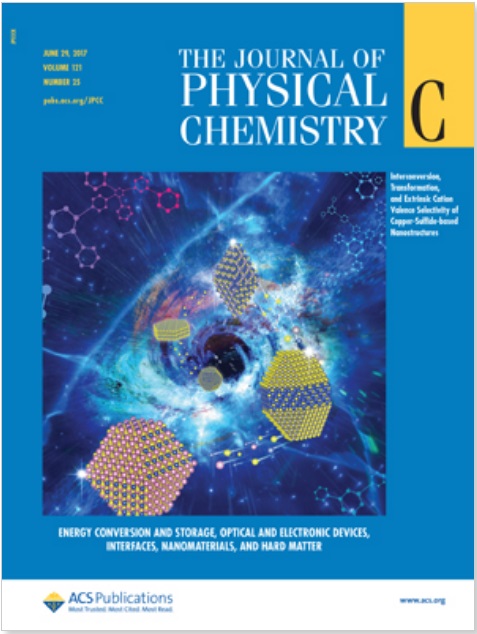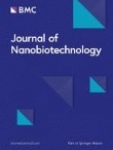Carbon nanotubes and a number of other carbon nanomaterials have a tendency to aggregate, which often resulted in difficulties of dispersion of these nanomaterials in aqueous solutions. The ability of dicationic (gemini) surfactants to disperse multiwall carbon nanotubes in water and the dynamic processes taking place at the water–multiwall carbon nanotubes (MWCTs) interface are studied. Stable dispersions of multiwall carbon nanotubes with selected gemini surfactants (1,1′-(1,6-hexanediyl)bis(3-alkyloxymethylimidazolium) dichlorides) were prepared and characterized by nuclear magnetic relaxation dispersion (NMRD), NMR diffusometry, scanning and transmission electron microscopy, and Fourier transform infrared spectroscopy. The addition of multiwall carbon nanotubes to aqueous solutions of studied gemini surfactants leads to significant paramagnetic enhancement of the spin–lattice relaxation processes, which gets more pronounced with increasing concentration of well-dispersed MWNTs in water. The dominant role of outer sphere (OS) relaxation mechanism in total observed R1, governed by two-dimensional diffusion of water on the carbon nanotube surface in the vicinity of paramagnetic centers incorporated in the MWCNTs’ sidewalls (mainly of iron origin), was assumed to explain NMRD data. The NMR diffusion experiments confirm the existence of restricted water diffusion in the studied supernatants. The NMR diffusion results are consistent with the FTIR and NMR proton spin–lattice relaxation dispersion in which the more effective R1 dispersion noticed for the sample with IMIC6C12 was ascribed to the better accessibility of water molecules to the surface of the MWCNTs.



